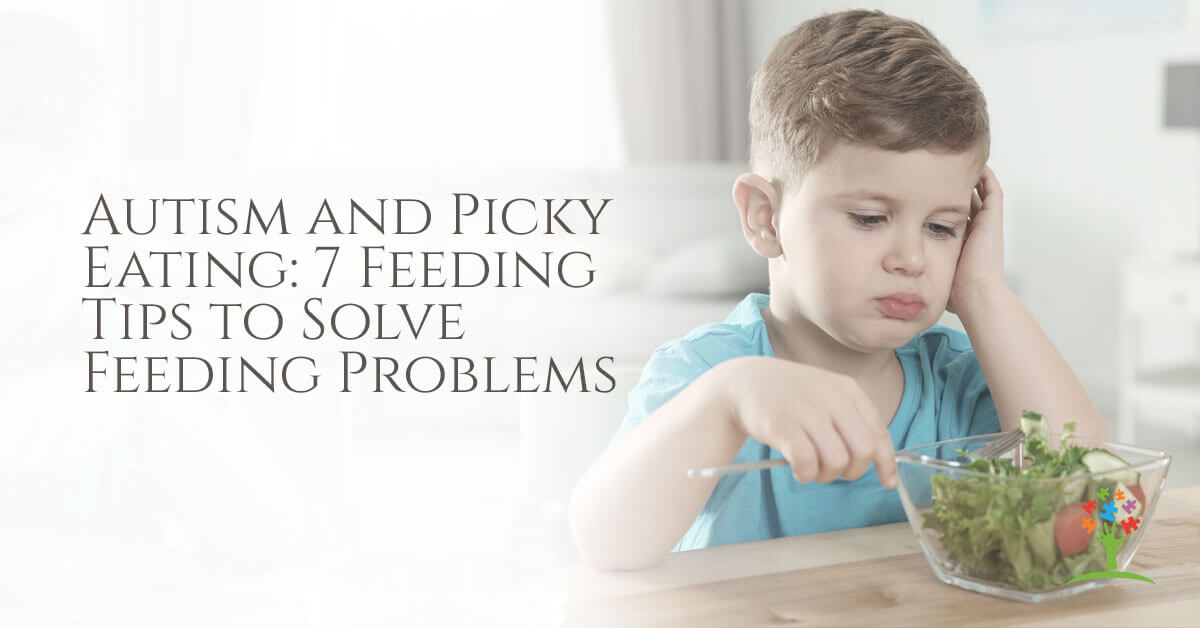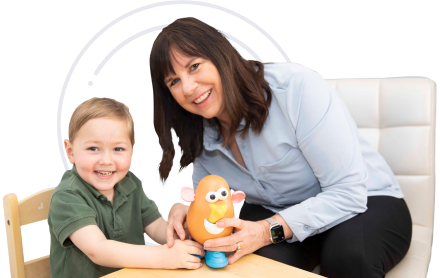Autism and Picky Eating: 7 Tips to Solve Feeding Problems

Want to Learn how to Increase Talking & Decrease Tantrums in Children with Autism or Toddlers Showing Signs?
Want to start making a difference for your child or clients?

In the previous episode, I interviewed parent coach Len Arcuri. Len brought up a lot of very important topics, and I want to discuss one of them more in-depth today: autism and picky eating, and how problem behaviors can be connected to food. I could talk all day about the problems that arise when confronted with a picky eater, so to narrow down this topic, I’m going to share with you my seven tips to solve feeding problems.
If your child or client has autism, then the odds that they’re also a very picky eater are high. I once worked with a boy who would only eat gluten-free crackers; my own son, Lucas, used to only eat McDonalds’ fries. As a registered nurse, behavior analyst, and autism mom, I’ve dealt with my fair share of picky eaters.
One thing I noticed early on in my career is that food problems are almost always related to behavior problems. And it’s not just what they eat; it’s what they drink, too. If all your child drinks is juice, it can ruin their appetite. And objects like spill-proof sippy cups can interfere with speech and articulation.
Turning your child’s eating habits around can be a long and tedious process. But with a whole lot of patience and my seven tips, it is absolutely possible.
Mentioned In This Episode:
- Mary Barbera Workshops (Sign up for a free online workshop for parents and professionals)
- How to Overcome Picky Eating for Children with Autism
- #029: Talk Tools & Speech Therapy for Autism with Mags Kirk
- Free Ditch the Pacifier or Bottle Download!
- A comparison of eating behaviors between children with and without autism.
Subscribe & Review in Apple Podcasts